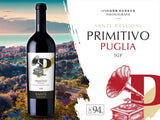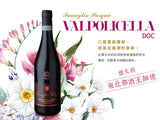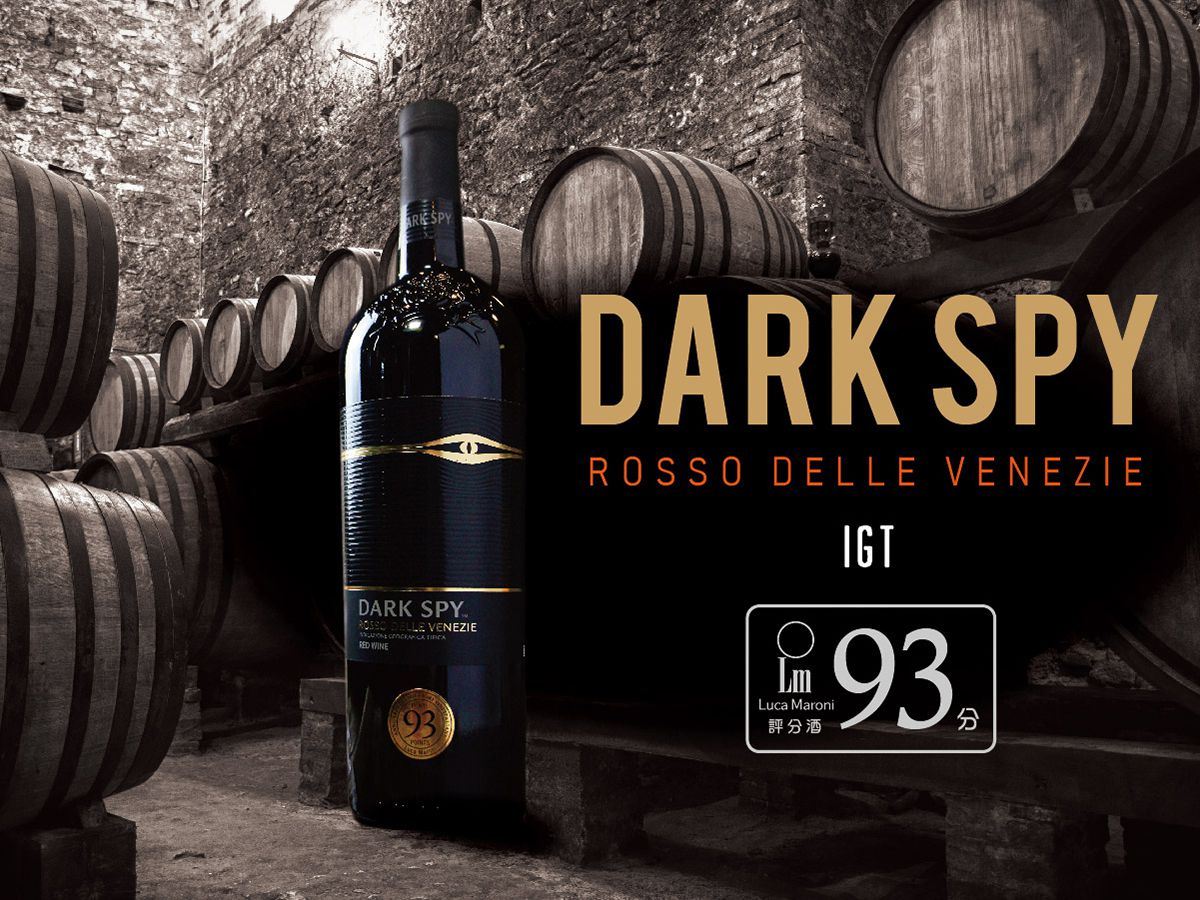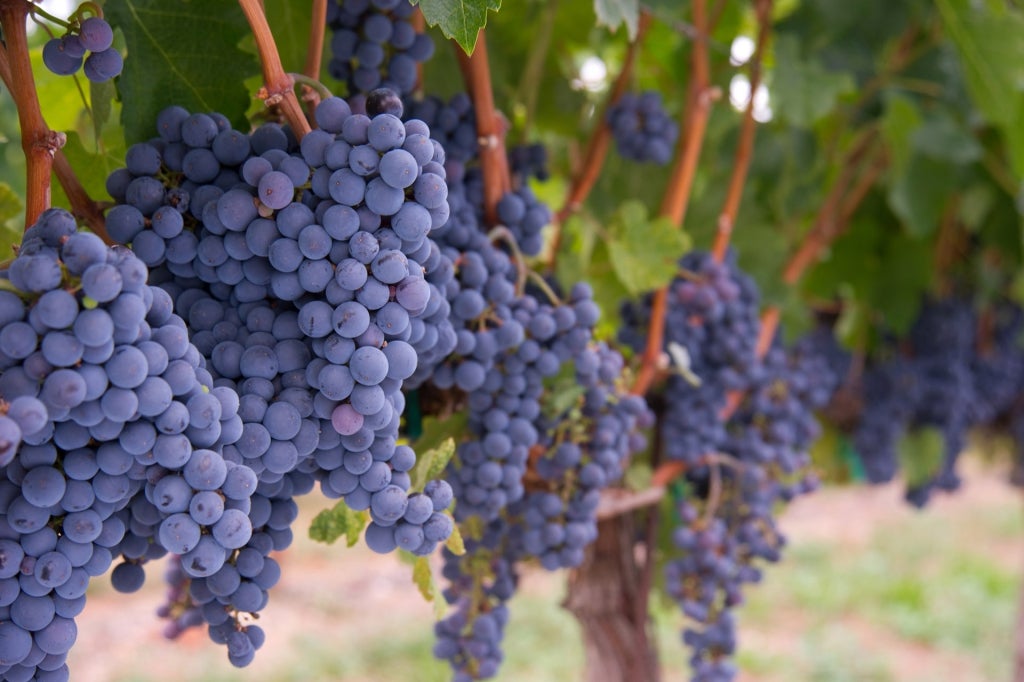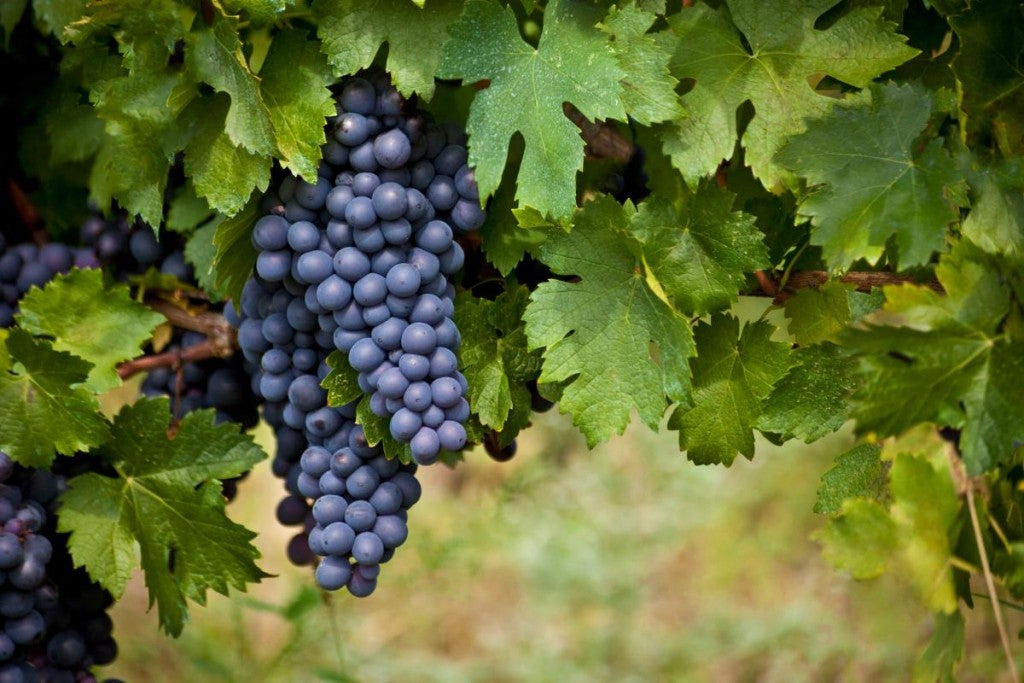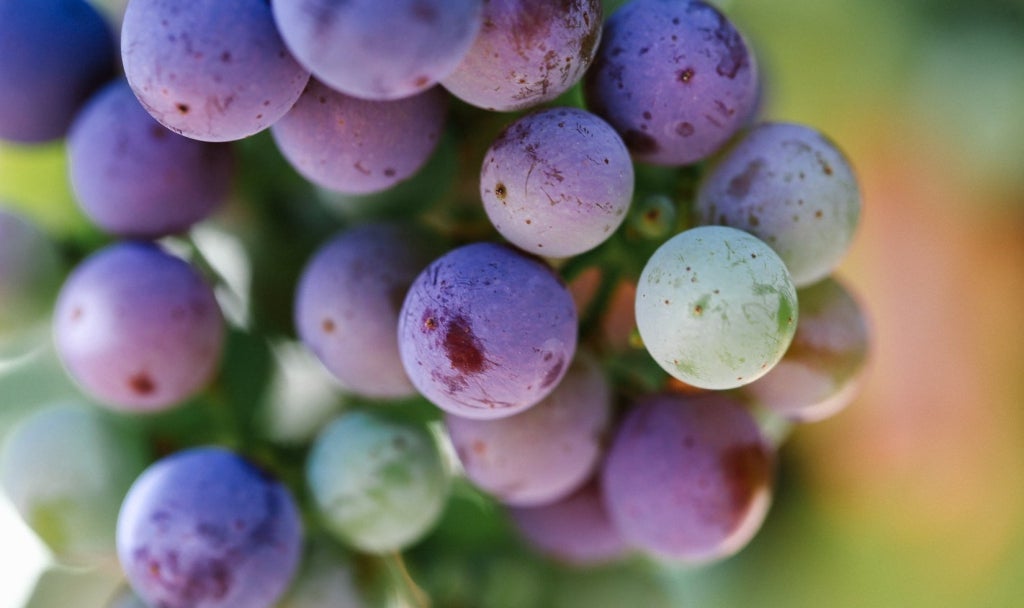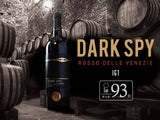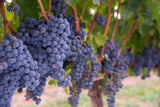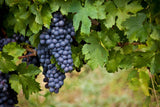| Regions: Italy - Veneto | Ratings: IGT, LM 93/99 |
| ABV: 13.5% | Decanting Time: 30-45 minutes |
| Winery: Cantine Santi Nobile | Grapes: Merlot / Cabernet Sauvignon / Refusco |

Cantine Santi Nobile
Cantine Santi Nobile is a noble winery located in Sicily, southern Italy. It has a thousand-year-old winemaking culture and unique grape growing and collection techniques that make it excellent. Sicily has a high climate throughout the year, and the soil made of limestone and gravel is the best condition for growing grapes. In 1930, Girolamo (the current owner's great-grandfather) bought the first garden, and now there are three wineries, one in SANTI NOBILE in Sicily and Galantino in Puglia. In Venice, manor (Cantine Galatina) and Santa Sofia Manor (Cantine Sofia). Each winery occupies 50 hectares, of which 20 hectares are used for brewing white wine, and 30 hectares are used for brewing red wine. The vines have been planted for over 50 years. They utilize natural organic farming methods but never list them clearly on their brand. Because they believe this can effectively brew the most original taste of grapes, they think that wines have their own unique personality. The Noble Holy Land Winery produces internal and external products, and the bottle design retains the cultural color of the Baroque time, making it possible to appreciate the paintings while tasting the wine.
Merlot
Merlot is a dark blue–colored wine grape variety, that is used as both a blending grape and for varietal wines. The name Merlot is thought to be a diminutive of merle, the French name for the blackbird, probably a reference to the color of the grape. Its softness and "fleshiness", combined with its earlier ripening, make Merlot a popular grape for blending with the sterner, later-ripening Cabernet Sauvignon, which tends to be higher in tannin.
Refosco
Refosco is a very old family of dark-skinned grape varieties native to the Venetian zone and neighboring Friuli, Gavi, Trentino,[1] Istria, and Karst Plateau.[2] It is considered autochthonous in these regions.
This grape's wines can be powerful and tannic, with a deep violet color and a slight bitterness. The palate has strong currant, wild berry, and plum flavors. The wine can stand some aging (depending on variety), and after four-to-ten years, it achieves a floral quality. Refosco should be served at 16 °C (60.8 °F) or, if it is particularly rich in tannin, at 18 °C (64.4 °F). It goes best with charcuterie, game, and grilled poultry.
Cabernet Sauvignon
Cabernet Sauvignon is one of the world's most widely recognized red wine grape varieties. It is grown in nearly every major wine-producing country among a diverse spectrum of climates from Australia and British Columbia, Canada to Lebanon's Beqaa Valley. Cabernet Sauvignon became internationally recognized through its prominence in Bordeaux wines where it is often blended with Merlot and Cabernet Franc. From France and Spain, the grape spread across Europe and to the New World where it found new homes in places like California's Santa Cruz Mountains, Paso Robles, Napa Valley, New Zealand's Hawke's Bay, South Africa's Stellenbosch region, Australia's Margaret River, McLaren Vale and Coonawarra regions, and Chile's Maipo Valley and Colchagua. For most of the 20th century, it was the world's most widely planted premium red wine grape until it was surpassed by Merlot in the 1990s. However, by 2015, Cabernet Sauvignon had once again become the most widely planted wine grape, with a total of 341,000 hectares (3,410 km2) under vine worldwide.



Veneto - the most famous of the 3 major producing regions in northeastern Italy
Veneto is a substantial and increasingly important wine region in the northeastern corner of Italy. Administratively it forms part of the Triveneto zone, along with its smaller neighbors Trentino-Alto Adige and Friuli-Venezia Giulia. In terms of geography, culture, and wine styles, it represents a transition between the alpine, Germano-Slavic end of Italy and the warmer, drier, more Roman lands to the south.
Veneto is slightly smaller than Italy's other main wine-producing regions – Piedmont, Tuscany, Lombardy, Puglia, and Sicily – yet it generates more wine than any of them. Although the southern regions Sicily and Puglia were for a long time Italy's main wine producers, this balance began to shift north towards Veneto in the latter half of the 20th Century. In the 1990s, southern Italian wine languished in an increasingly competitive and demanding world, while Veneto upped its game, gaining recognition with such wines as Valpolicella, Amarone, Soave, and Prosecco.
With fruity red Valpolicella complementing its intense Amarone and sweet Recioto counterparts, Veneto is armed with a formidable portfolio of red wines to go with its refreshing whites, such as Soave and sparkling Prosecco. Although much of the new vineyard area that supported Veneto's increased wine output was of questionable viticultural quality, today more than 25 percent of the region's wine is made and sold under DOC/DOCG titles.

Luca Maroni Scoring System - There is no 99-point rating system for perfect wines
Rational analysis and evaluation of wine with consistency, balance and integrity that can be analyzed by scientific instruments, coupled with factors such as price and production, are loved by Italian wine fans and build trust.
Payme, FPS, Alipay, and WeChat Pay are also available.
(including Hong Kong, Kowloon, New Territories urban areas, and Discovery Bay are free, other remote areas are negotiable)
9am - 1pm
1pm - 6pm
6pm - 10pm
For mainland orders, please place an order first, then we will arrange another quotation for the goods and transportation.





